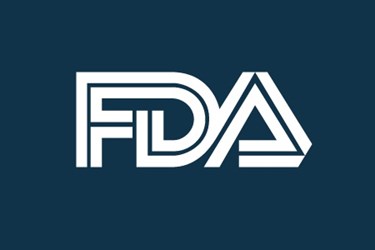FDA Releases New Guidance On Establishing Safety, Compatibility Of Passive Implants In MR Environments
By Chuck Seegert, Ph.D.

A new guidance document on establishing the safety and compatibility of passive implants in the magnetic resonance (MR) environment has been released by the FDA. The updated document supersedes the previous release from August 21, 2008 and is focused on passive implants that function without electronic power.
Given the increasing prevalence of magnetic resonance imaging (MRI) in the healthcare environment, understanding how a medical device is affected by magnetic energy is an important requirement. To address this, the FDA has released a new, non-binding guidance document that provides suggestions on acceptable ways to test and label devices for safety and compatibility in the MR environment. The guidance is solely focused on passive implants, which are defined as implants that perform their function without the use of electronic power.
The new MR safety and compatibility guidance document is applicable to those preparing to enter the market through a premarket approval (PMA), investigational device exemption (IDE), or the premarket notification (510(k)) submission. Placing a medical device into the strong magnetic filed can induce a number of dangerous situations if a device is not tested appropriately. For example, magnetic fields can induce displacement torques and forces on devices that include magnetic materials. Additionally, the magnetic field can induce radiofrequency (RF) heating, and the presence of devices can create image artifacts.
Historically, displacement forces have turned devices into projectiles that have killed patients, and RF heating has caused severe burns, according to the guidance document. To avoid these scenarios and the creation of image artifacts, which can hinder proper diagnosis, robust test regimens are recommended. Testing should include the full range of device sizes that will be offered to the market and, if all sizes are not tested, a worst-case scenario rationale should be provided. It should also be remembered that the worst-case scenario for torque or force generation may not be the same worst-case for RF heating.
In addition to MR testing recommendations, the guidance document provides an explanation of MR safety terminology, which helps define the safety of items in the MR environment. It also provides details on labeling for the MR environment. When labeling, the FDA recommends that one of the following four options be used:
- MR Safe
- MR Unsafe
- MR Conditional
- Safety in MRI Not Evaluated
